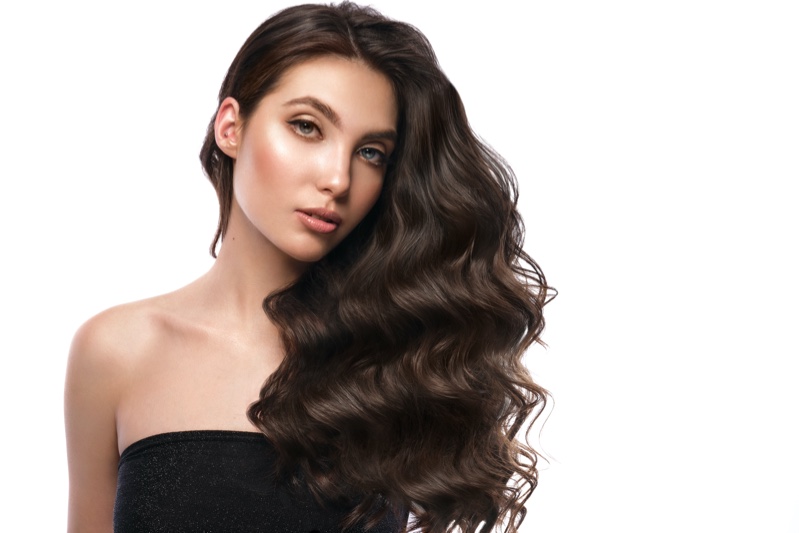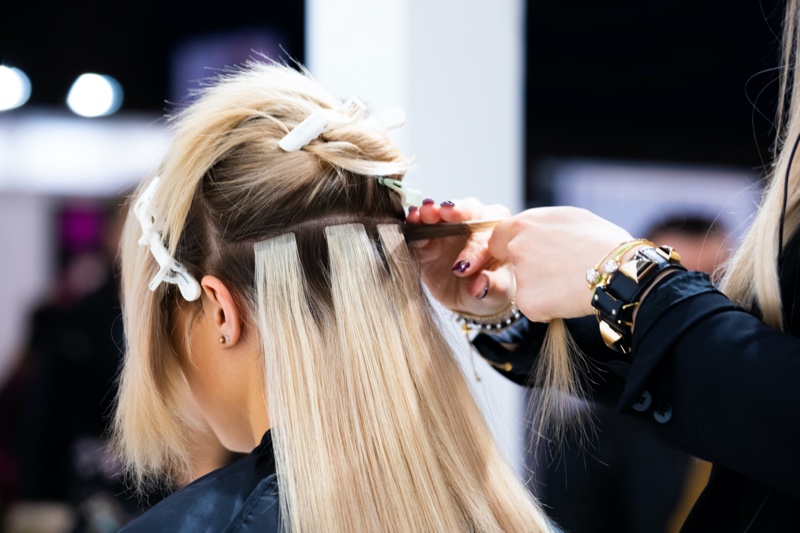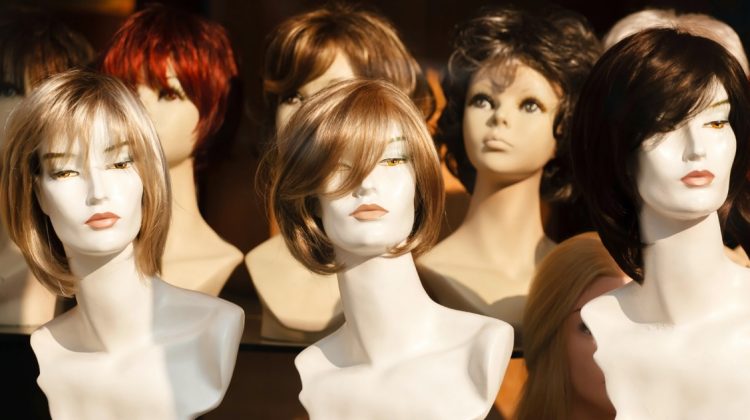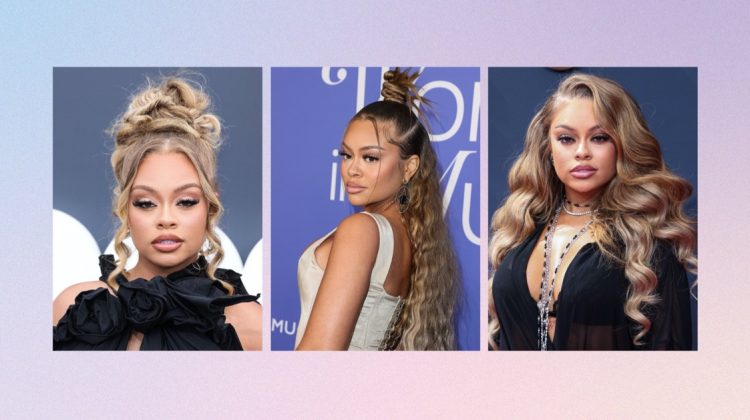
When it comes to hair extensions, there are several types to choose from, but tape-in extensions and hair toppers are among the most popular options. Both provide a quick and easy method to provide length, volume, and even color to your tresses.
However, deciding between the two can be challenging, especially if you are new to hair extensions. Read on, and we will compare tape-in extensions and hair toppers and give you some tips and tricks to help you make an informed decision.
Tape-In Extensions
Tape-in extensions are semi-permanent extensions that involve attaching thin, pre-taped wefts of hair to your natural hair. These extensions typically last around six to eight weeks before needing to be removed and reinstalled.
These extensions are a commonly preferred option for those seeking to increase the length and volume of their hair without committing to a more permanent method.
Pros:
- Tape-in extensions are lightweight and comfortable to wear.
- They can be applied quickly and easily by a professional stylist.
- They are less damaging to your natural hair compared to other extension methods like sew-ins and fusion extensions.
- They can be easily removed and reinstalled, making them an excellent option for people who like to switch up their hairstyle often.
Cons:
- Tape-in extensions require regular maintenance and upkeep to prevent them from slipping or becoming visible.
- They can be expensive to install, especially if you need a large number of wefts.
- They are not ideal for people with very fine or thin hair, as the tape can be visible through the hair.
Hair Toppers

A hair topper, also known as a wiglet or hairpiece, is a type of hair extension that sits on top of your head and blends in with your natural hair. They are a popular option for people with hair loss or thinning hair, as they provide full coverage and volume.
Pros:
- Hair toppers can be custom-made to fit your head and natural hair color.
- They are an excellent option for people with hair loss or thinning hair, as they provide full coverage and volume.
- They can be easily styled and can even be dyed to match your hair color.
- They require less maintenance than tape-in extensions, as they do not need to be removed and reinstalled.
Cons:
- Hair toppers can be more expensive than tape-in extensions.
- They may feel heavy or uncomfortable for some people.
- They can be more challenging to apply and may require the help of a professional stylist.
- They are not ideal for people with very short hair, as they need some length to blend in with your natural hair.
Tips & Tricks

- Consider your hair type and the level of coverage you need when deciding between tape-in vs. hair toppers.
- Consult a professional stylist to determine which option is best for you and ensure a proper application.
- Invest in high-quality hair extensions or toppers to ensure they look natural and blend seamlessly with your natural hair.
- Take good care of your extensions or toppers by using gentle shampoos and conditioners and avoiding heat-styling tools.
- Use a special remover to prevent damaging your natural hair when removing tape-in extensions.
- When applying hair toppers, use clips or combs to secure them in place and ensure they stay put throughout the day.
Final Words
Both tape-in and hair toppers have their pros and cons, and choosing the right option depends on your hair type, lifestyle, and personal preferences. If you want a temporary solution that adds volume and length to your hair, tape-in extensions might be a good choice.
However, a hair topper may be better if you have hair loss or thinning hair and want full coverage and volume. Invest in high-quality extensions or toppers and seek professional advice for proper application and maintenance.
You can find more guides about tape in hair extensions from sites like SEGO. With these tips and tricks, you can achieve the perfect look and boost your confidence with a flawless hairstyle.






